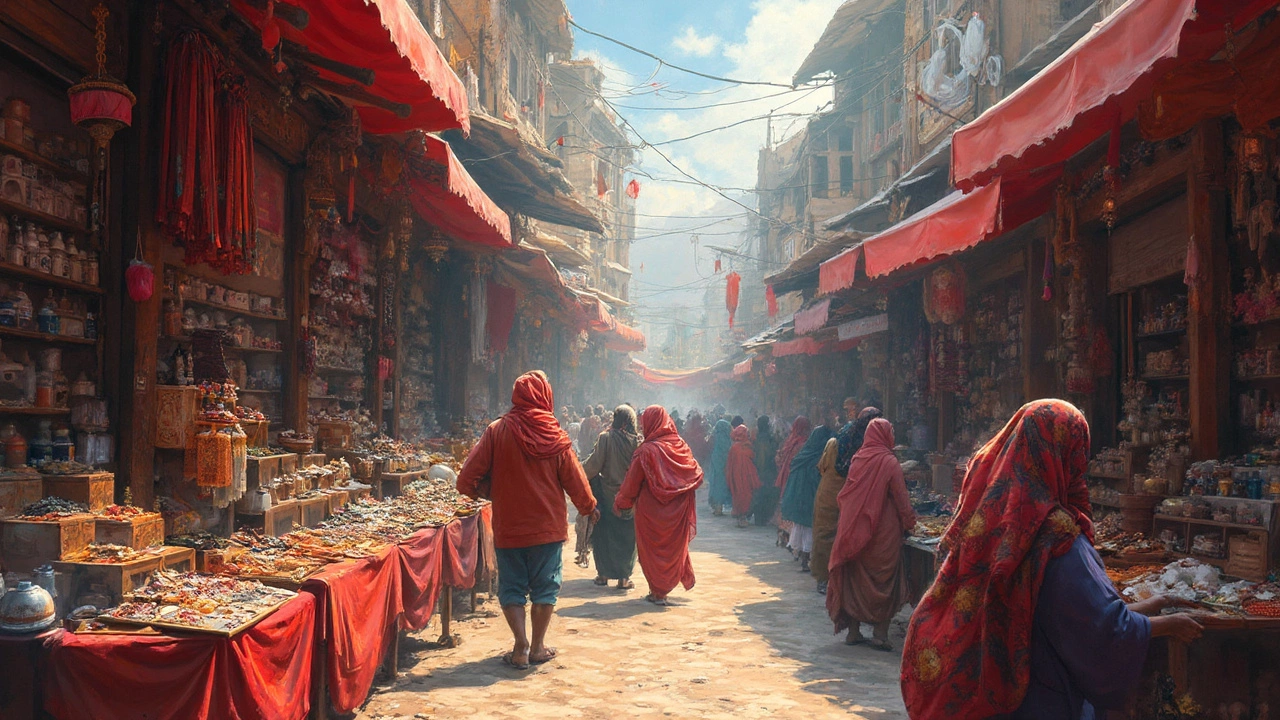SEARCH
Traveling in India: Real Tips for Real Trips
If you’re thinking about traveling in India, you probably have a mix of excitement and questions. What does a short trip cost? Which places are safe? Where can you eat amazing food without breaking the bank? This guide pulls together the most useful answers so you can start planning right away.
How Much Money Do You Need?
Money is the first thing most travelers ask about. A three‑day trip in 2025 averages around $150‑$250 per person if you stick to budget hotels, local transport, and street food. Use the "3‑day trip cost" formula from our budget guide: daily spend = accommodation + meals + transport + entry fees. For example, $50 for a guesthouse, $20 for food, $15 for local buses, and $10 for attractions gives you $95 per day. Adjust up or down based on comfort level.
Where to Go First?
India is huge, so pick a region that matches your vibe. The Golden Triangle (Delhi‑Agra‑Jaipur) is a classic starter—great roads, iconic monuments, and plenty of budget options. If you love beaches, check out Lakshadweep, often called the “Mini Maldives” of India, or the cleanest airports near Goa for a smooth arrival. For food lovers, the South India guide ranks Kerala as the top spot for tasty dishes and a relaxed pace.
Safety matters, too. The safest state in South India, according to recent stats, is Kerala, with low crime rates and friendly locals. When you land, head to one of the cleanest and safest airports—Delhi and Bengaluru rank high for both hygiene and security, making your first impression pleasant.
Health can be a worry, especially food safety. Stick to cooked vegetables, fresh fruit you can peel, and reputable restaurants. Our "What to Eat in India" tips list safe street foods like pani puri in well‑ventilated stalls and filter‑water tea. If you have a sensitive stomach, carry a small pack of oral rehydration salts and an over‑the‑counter antacid.
Getting around is easier than you think. Sleeper trains are cheap but can feel pricey because of hidden fees—book early, avoid extra charges for bedding, and consider day trains for shorter distances. For short hops, Indian buses are reliable and cheap; just check the review scores before you book.
When you plan your itinerary, think about the number of days needed for each region. North East India, for example, deserves at least a week to explore its waterfalls, hills, and tribal villages. South India can be covered in 4‑5 days if you focus on Kerala’s backwaters, beaches, and spice markets. Use our "South India Trip Cost" guide to budget for transport, stay, and meals in each state.
Finally, keep a small checklist: passport, visa, a copy of your travel insurance, a basic first‑aid kit, and a list of emergency contacts. With those basics covered, you’ll feel confident stepping off the plane and into the chaos, color, and charm that make traveling in India unforgettable.

Understanding Currency Exchange: $100 US in India
Traveling to India on a budget? Knowing how far your US dollars can go is crucial. $100 might surprise you with its purchasing power in India, offering plenty of opportunities to explore without breaking the bank. From understanding exchange rates to practical tips for spending wisely, we'll break down everything you need to know about making your money stretch further in India.
Continue reading